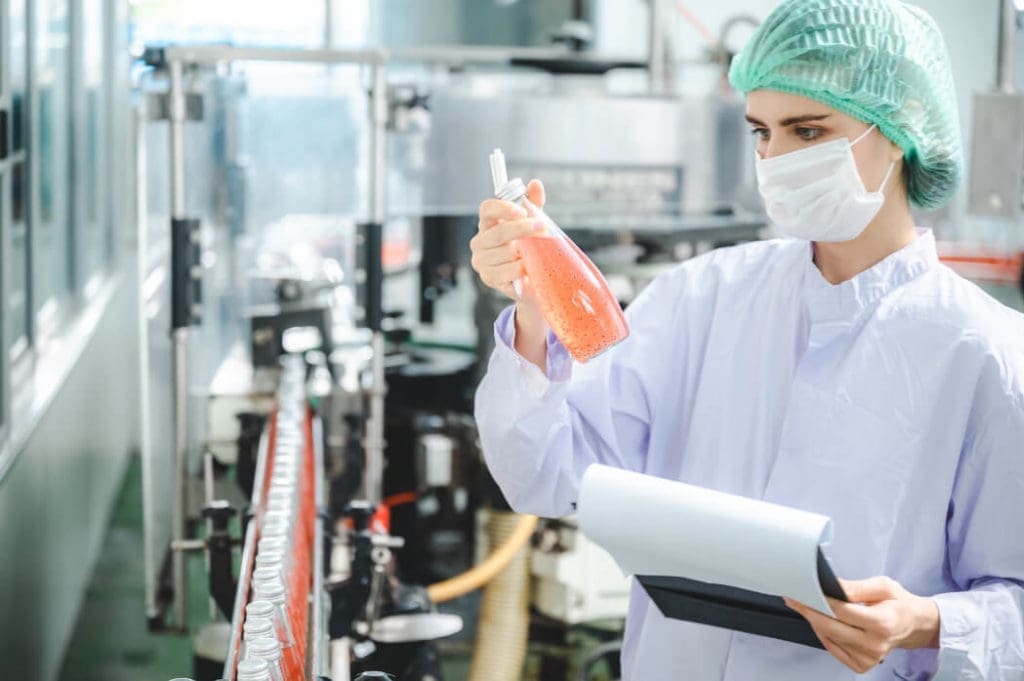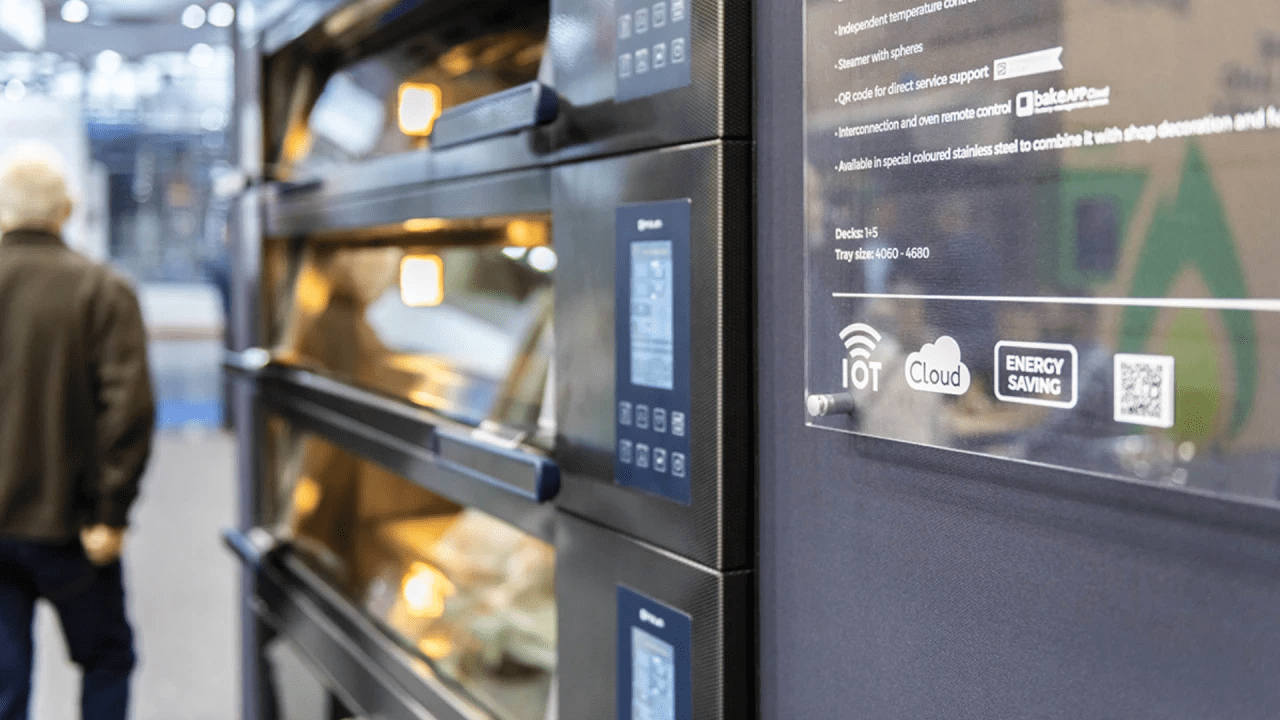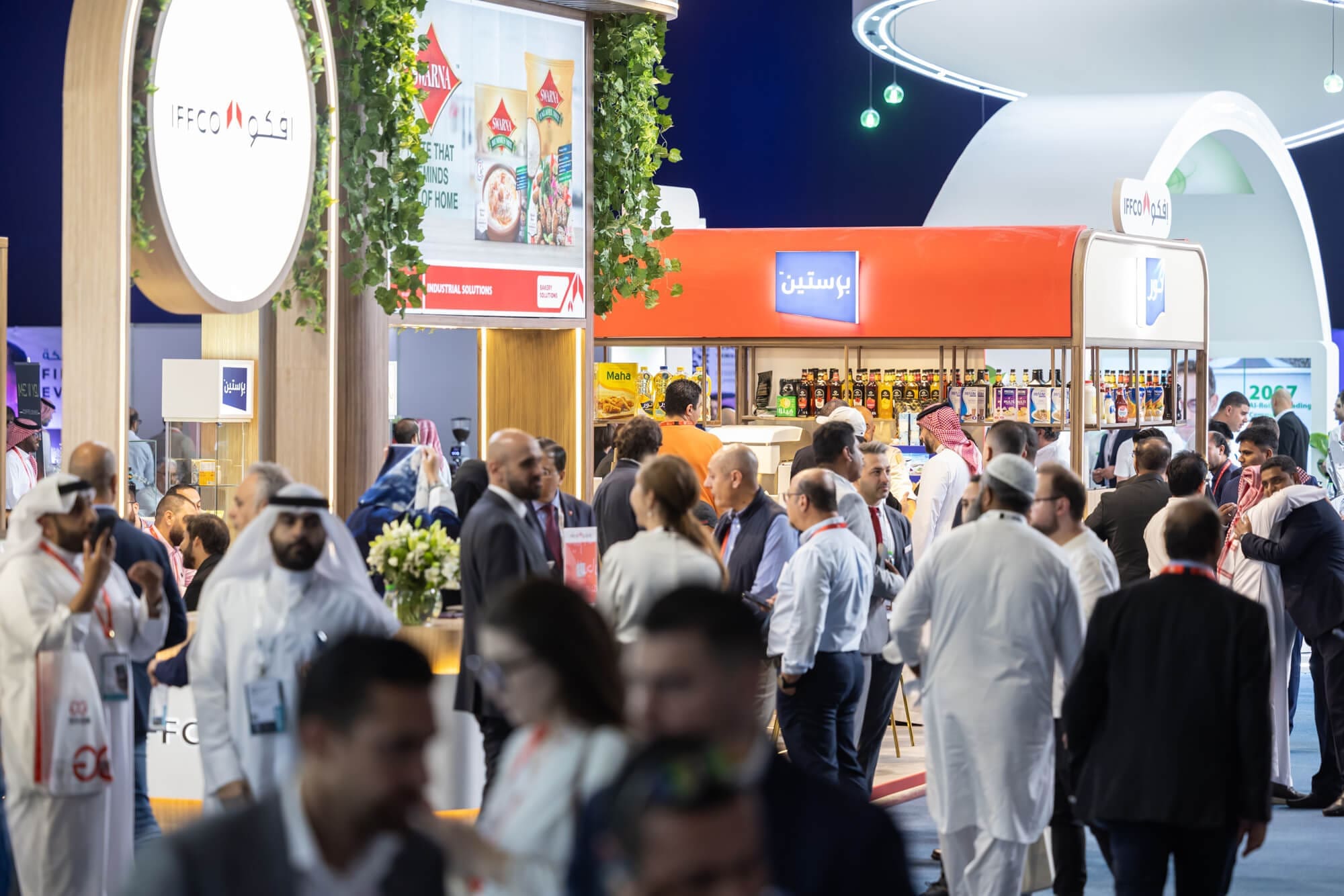
Food industry is one of the most active and innovative, not only because new foods are coming on our tables, but also because automation is a must for any companies processing food and beverage (F&B)
Despite traditional foods are produced following centenary-old recipes, mass production requires automated machines which must be up to the hilt in terms of speed, performance and low energy consumption. There’s no alternative to stay on the market.
At Interpack, in Dusseldorf, more than 150 exhibitors will show their brand-new technologies for processing F&B. Each of them has spent time and resources in R&D to properly design machine and plants that respond to the needs of F&B companies.
Sometime the innovation brought by a company can be so trivial as genial (the Egg of Columbus), sometimes the innovation is not trivial, but it can be so evident and easy to be implemented by competitors. As a result, a company that has spent much time in finding a solution to a technical problem, to provide improvements and respond to the market needs, can see its solution copied soon after the exposition.
How can these innovative companies secure themselves and their investments? The answer is simple: by registering patents.


Patents are very effective solutions to keep technologies safe because they allow to protect a general technical idea that can be deployed in different ways.
The more the invention is disruptive, the more will be the scope of protection of the patent which is not limited to the exact wording of the claims (defining the protection conferred by the patent) but is extended to all equivalent solutions.
Patents allow protecting both machines and methods, this means that companies can get protection over both the physical device and the processes implemented by the machines.
This is very important because by protecting the processes, the patent owner can get a somehow broader protection, e.g. over particular actions or steps independently from the technical elements used to make them.
Patentable methods are also the software algorithms that are used to control machine operations, e.g. software that process acquisition data to decide on F&B quality in order to change control parameters of the machine. Software is more and more pervasive and important in F&B processing, and the huge amount of data available has made artificial Intelligence (AI) a reality adopted to control performance of food processing machines.
AI allows taking decisions that are often too difficult to be taken by human minds and is therefore used to solve optimization problems involving several parameters. In this field of technology, AI is typically used for dosing ingredients, saving energy, or controlling parameters to optimize F&B processing.
Also, if AI is often based on well-known classes of algorithms (e.g. Support Vector Machines, Neural Networks or Genetic Algorithms) the particular application, feature selection or training adopted, can make the solution patentable.





